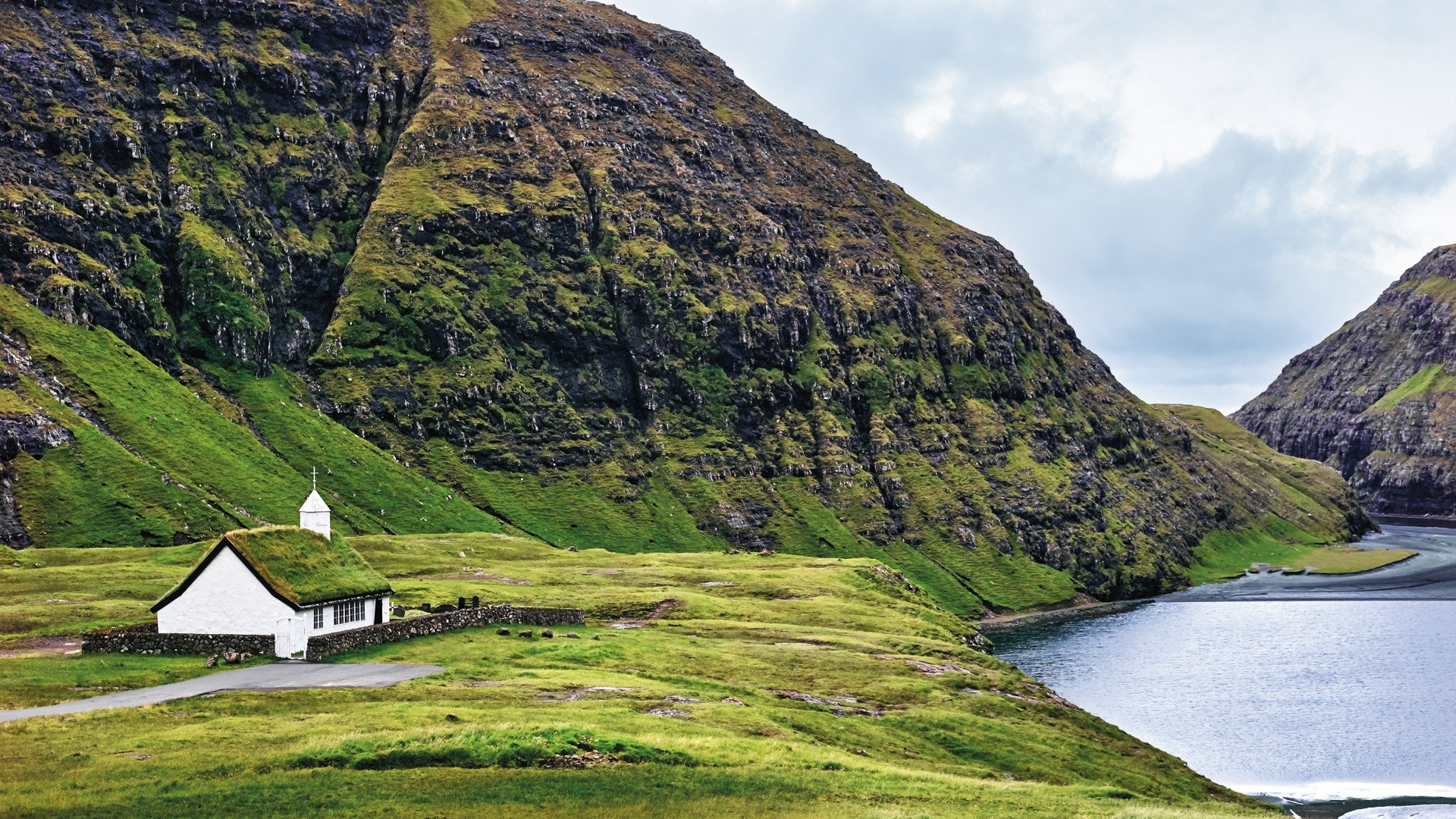Discover the Enchantment of the Faroe Islands
When British author WG Collingwood chanced upon the Faroe Islands while sailing to Iceland in 1897, he deemed them an enchanted paradise. Gazing across the rocks—adorned with green, grey, and rust lichen—toward the red, blue, and cream houses of the village of Gjógv, it’s easy to see why. The waves of Djupini Sound crash against the cliffs, and the peaks of Kalsoy loom in the distance. This rugged landscape, however, is not a tropical paradise. The North Atlantic and Norwegian Sea rarely offer balmy breezes, and local rivers roar rather than babble. Even in mid-May, snow drifts settle on mountaintops, where mountain hares frolic.
A Historical Perspective
This is an ascetic paradise that early Celtic Christian monks would recognize. Like the British islands of Iona and Lindisfarne, the Faroes are green, isolated, wild, and deeply spiritual, embellished by salt winds. Here, one feels small within a vast universe. Standing in the rain by the turf-roofed church in Saksun, observing waterfalls cascade down craggy knolls, one could easily expect to see Odin appear in the form of a raven.
Unique Attractions
Stóra Dímun, one of the southern Faroes, is a small island measuring just a mile long and half a mile wide. Accessible only by helicopter or boat, this isolated gem houses 450 sheep, nine people, and occasionally a teacher. The helicopter rides resemble public transport, reflecting the unique lifestyle on the islands.
Before helicopter services debuted in the 1980s, Stóra Dímun was cut off for weeks in winter, making it a true escape into nature. Adventurous sheep high on the mossy cliffs contrast the breathtaking views that await visitors.
Culinary Delights
In the farmhouse of Jógvan Jón Petersen and his wife Eva, visitors are greeted with traditional Faroese breakfast treats. Local delicacies like skerpikjøt, wind-dried and fermented lamb, are commonly shared with foreign visitors, often accompanied by stories of the island’s rich heritage.
If you seek fine dining, Koks is a premier restaurant that showcases the best of Faroese cuisine. Its dishes are crafted with fresh, local ingredients, such as langoustine and fermented lamb fat, offering a taste of the unique culinary culture of the Faroes.
Revival of Traditions
The economic changes of recent years have inspired a cultural revival in the Faroe Islands, with locals looking inward to their heritage. Knitting, once a vital part of Faroese agriculture, has regained popularity, and events like the knitting festival in Fuglafjørður highlight the community’s commitment to preserving their crafts.
Furthermore, the traditional music culture thrives, supported by an appreciation of unaccompanied singing. This rich art form symbolizes the islanders’ connection with their maritime roots.
Conclusion
The Faroe Islands, with their mystical landscapes, rich traditions, and delectable cuisine, present an enchanting destination like no other. With iBestTravel guiding your exploration, discover a realm where nature and culture intertwine seamlessly, inviting you to bask in its beauty.




